CRAW Region #1, Country #4: Honduras
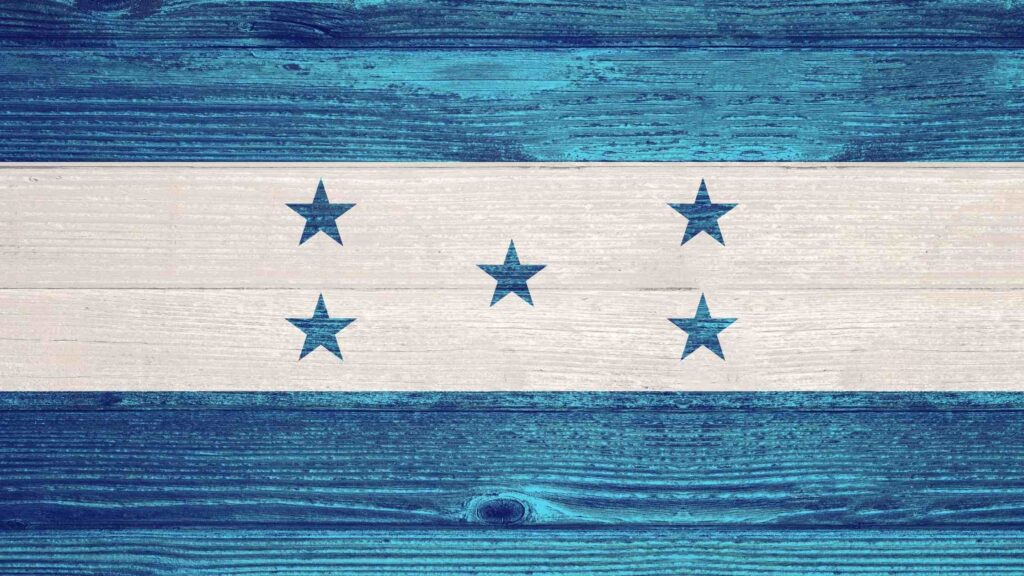
Our trip thru Honduras is the shortest time we will spend in any of the Central American Countries, as we pass only across the small projection between El Salvador and Nicaragua that connects Honduras to the Pacific at the Bay of Fonseca. The Bay of Fonseca is shared by El Salvador, Honduras, and Nicaragua.
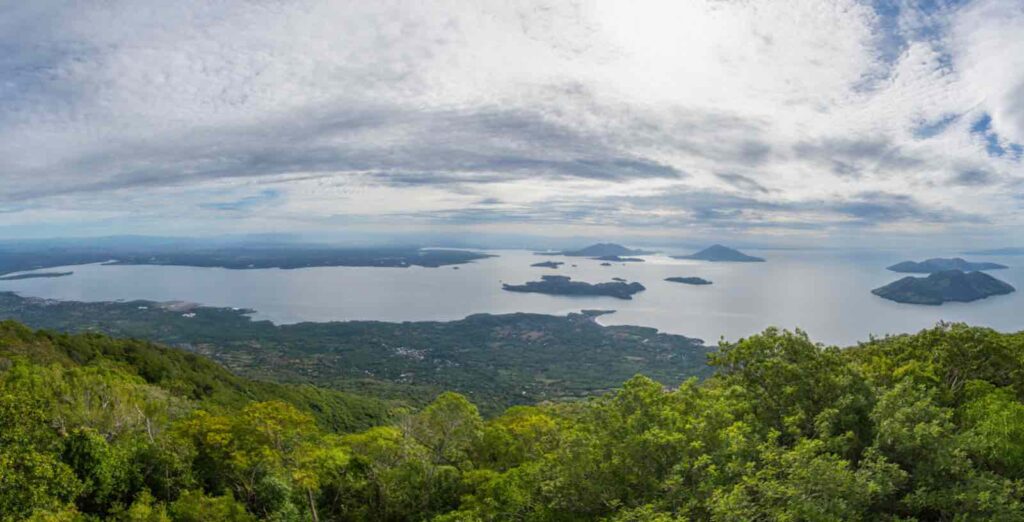
After crossing the Honduran border, we begin our sojourn with a long steep climb over the Sierra Madre Mountains before dropping down to the city of San Lorenzo which sits beside the Bay. (Honduras 1) (Honduras 2)
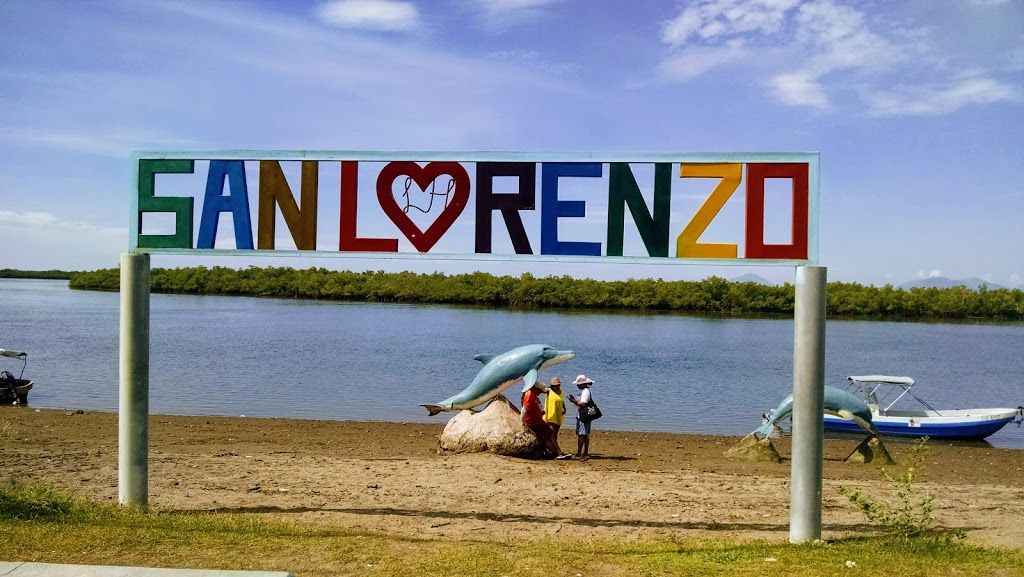
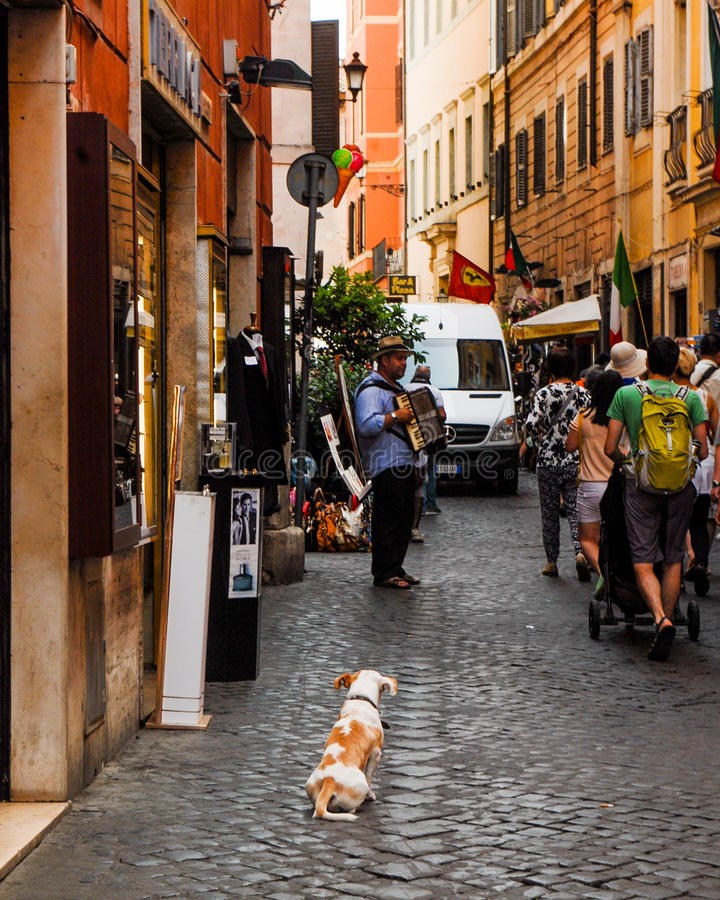
After San Lorenzo, we will travel across a roller coaster of small, but steep hills dotted with small farms and villages interspersed with remnants of rain forest all the way to Rio Guasaule and the Nicaraguan border at 2630 kilometers.
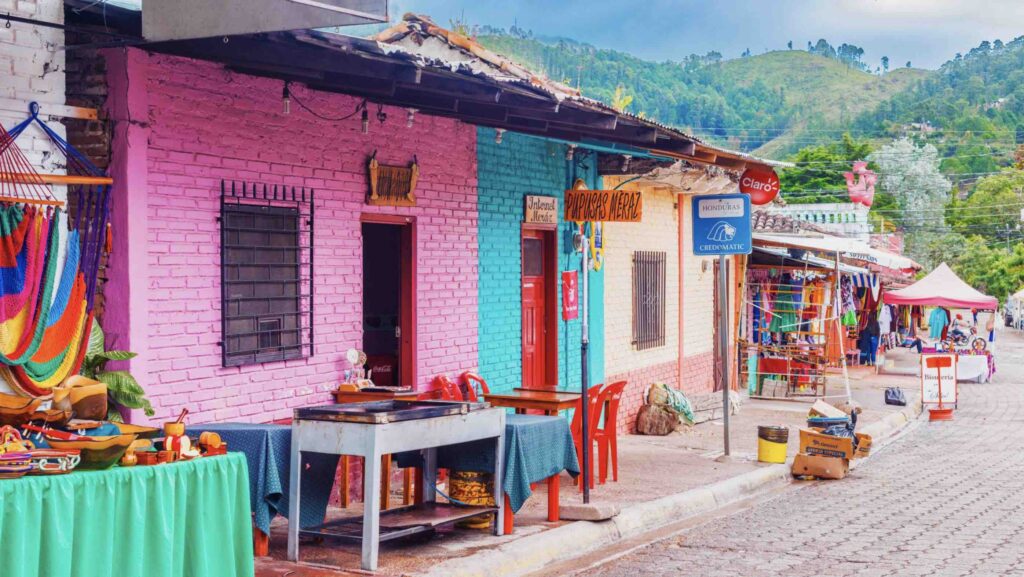
Outside of the major cities, which we do not hit, Honduras is the safest place we have traveled in some time. Not that you would want to let your guard down!
Like the other countries we have traveled through in Region 1, the history begins with Indigenous culture that is conquered and enslaved by the Spanish. However, the process advanced much more slowly than in other parts of Central America for two reasons. The first was infighting among the Spanish, as the first commander of a force sent to pacify Honduras on behalf of a governor decided to make himself governor instead, launching a period of various Spanish forces fighting one another for the claim to the area. Indigenous resistance was also fierce. On top of that was the east coast of Nicaragua, extending into the southeast coast of Honduras, known as the Mosquito Coast. The Mosquito Coast did not get its name from a biting, disease-carrying insect, but rather from the Mosquito Indians who inhabited the area.
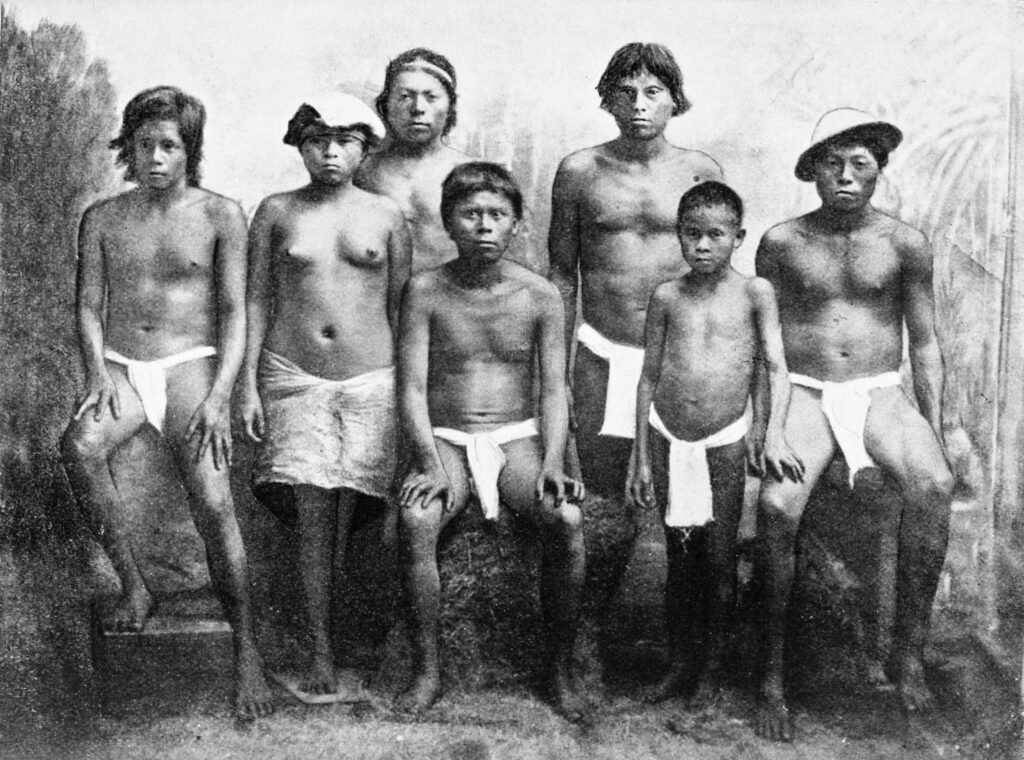
The Mosquito’s ranks were bolstered by survivors of slave shipwrecks and escaped slaves, and they had the material assistance of the English. Unlike most of the tribes, the Mosquitos had an official King, and at one point the Mosquito King traveled to England and signed an alliance with the English.
Ironically, the admixture of Indigenous Mosquitos and former slaves made a lucrative trade out of capturing people of other indigenous tribes and selling them into slavery. History tends to be complex, with very few totally heroic figures.
As with El Salvador, agriculture, and particularly a single product shaped their history in the twentieth century. It was neither indigo, nor Coffee, but the banana. Local growers started the banana industry,
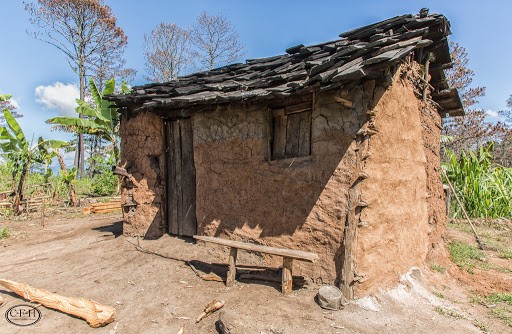
but the Standard Fruit and Steamship Company, which eventually would become Dole soon moved in, and with the help of the government soon pushed the local growers out.
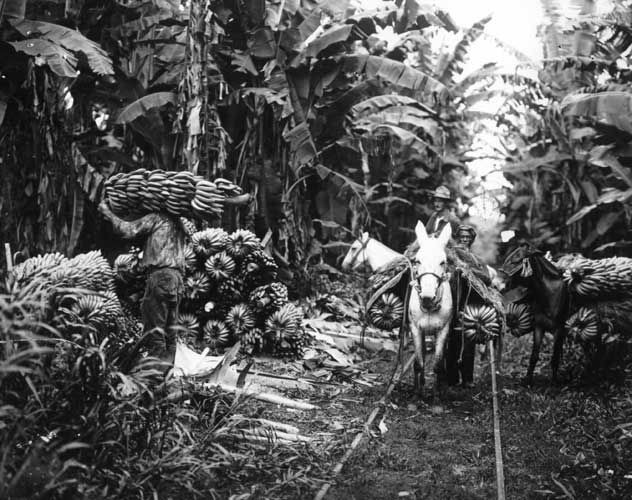
Eventually, the involvement of the US was such that the US-trained the Honduran Army, in order to protect the interests of the Fruit Companies.
The flow of bananas might have been steady, but Honduran politics was even less stable than El Salvador. One three year period saw 17 coups or uprisings. On the bright side, in Honduras we have moved away from the most active part of the collision, there are only 4 active volcanoes and there hasn’t been a major earthquake since 1980.
At 2630 kilometers we will reach the Ciudad of Guasaule, on the Rio Guasaule and the Nicaraguan border
The border crossing here is described as “something out of an Outer Limits episode.” The Customs Building is an unmarked building behind a broken-down building.
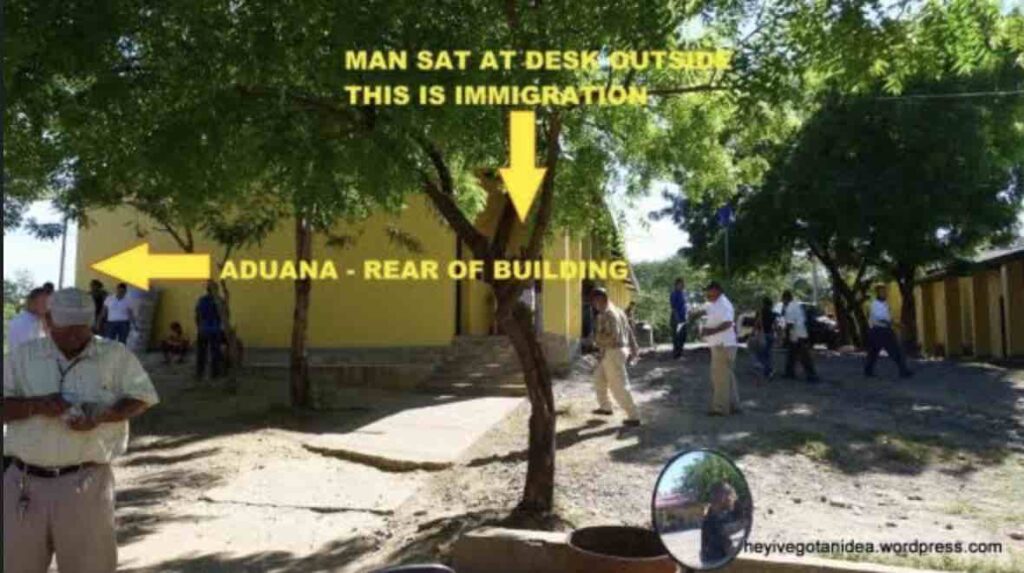
The Immigration desk is at the far left of the Customs Building. They will stamp your passport and collect your $12 exit tax. Then you go around to the back of the building to Aduana to be checked out before you cross the bridge. Once across the bridge into Nicaragua, you will come to some cones where a guard will inspect your papers and direct you to Fumigation (clearly, they are used to journey runners in Central America). Fumigation costs $3, keep your receipt in your passport. Immigration is your first right after Fumigation. Inside you will see some nurses sitting at a desk. You must complete a medical declaration. Once complete they will give you a piece of paper that you also need to keep in your Passport. You are going to need all these pieces of paper to leave Nicaragua. Then you take your passport to Immigration and pay $12 for your stamp. Now you are ready for your Nicaraguan adventure!
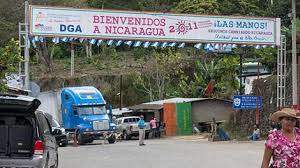
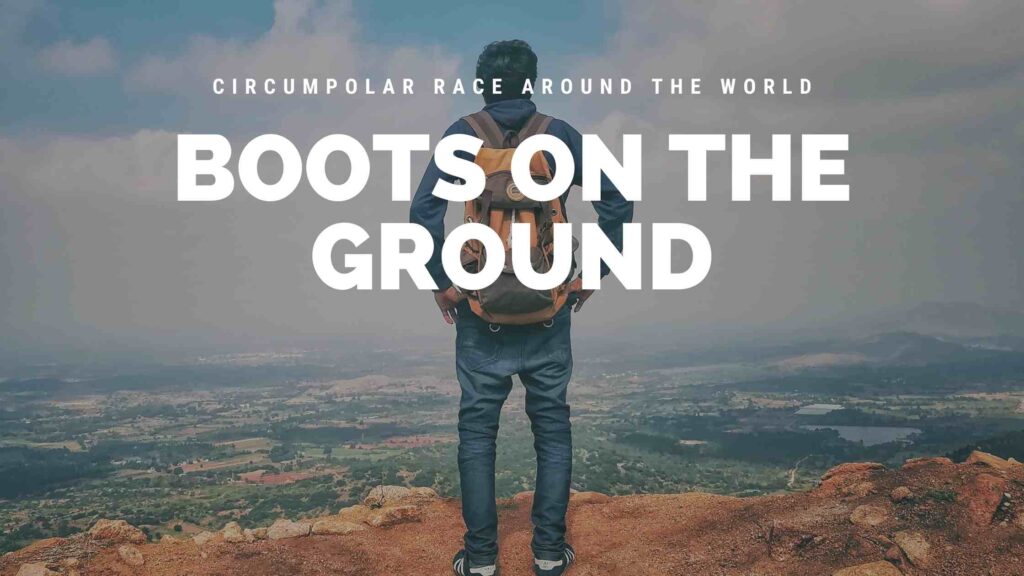
We are counting on those of you who reside or have visited these places
to enrich our file of pictures, information, and stories about the places we are visiting. Anything is fair game: Geology, History, unique places to visit, quirky local customs, you name it. We call this part “Boots on the Ground“. Nobody really knows a place better than someone who has their boots on the ground.
If we all share what we know, we can all have quite a journey around this planet. Don’t be shy. If there is one thing I have learned, it is that everyone I meet knows something that I don’t know. Your perspective will make everyone’s trip more enjoyable.
Please share your stories in the comment section below.
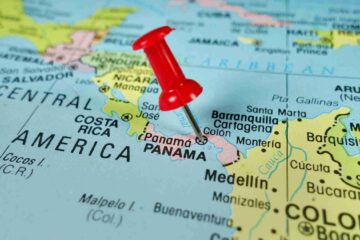
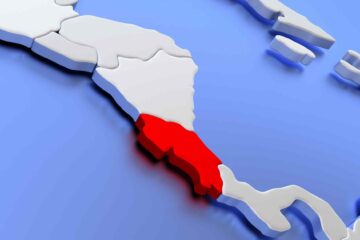
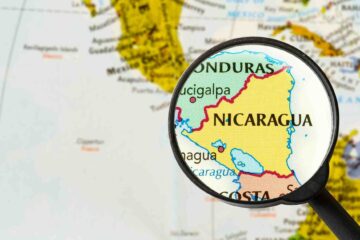
In 2012, when my son graduated from high school, he was not interested in going on his senior class trip. Instead he asked if we could take a cool family trip. We visited several countries, including Honduras. It was one of my favorite places. Since my team is now in Honduras, I thought this was a good time to share some photos.
Honduras from the water (2012)
Honduras 2012
Snorkeling in Honduras
Wildlife in Honduras
Honduras family trip 2012